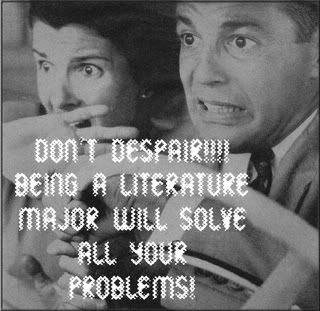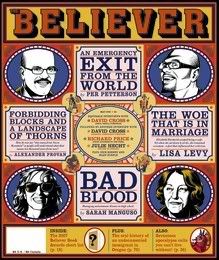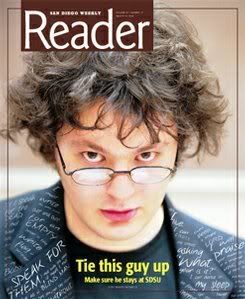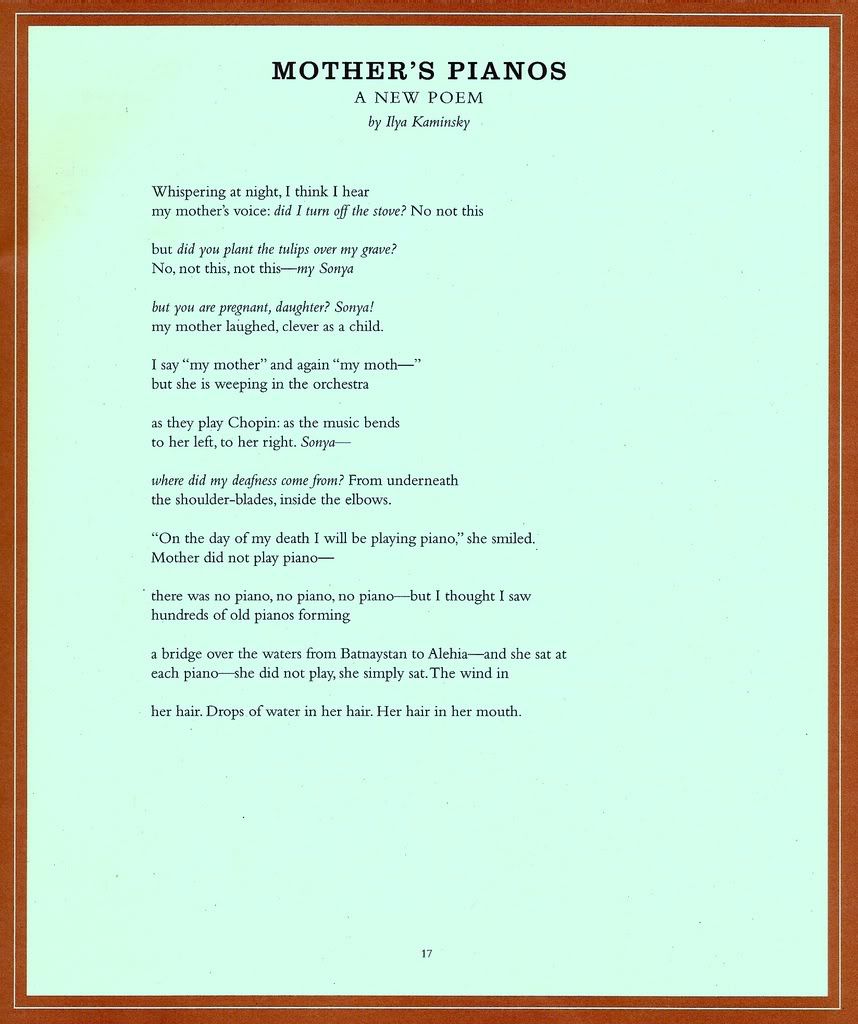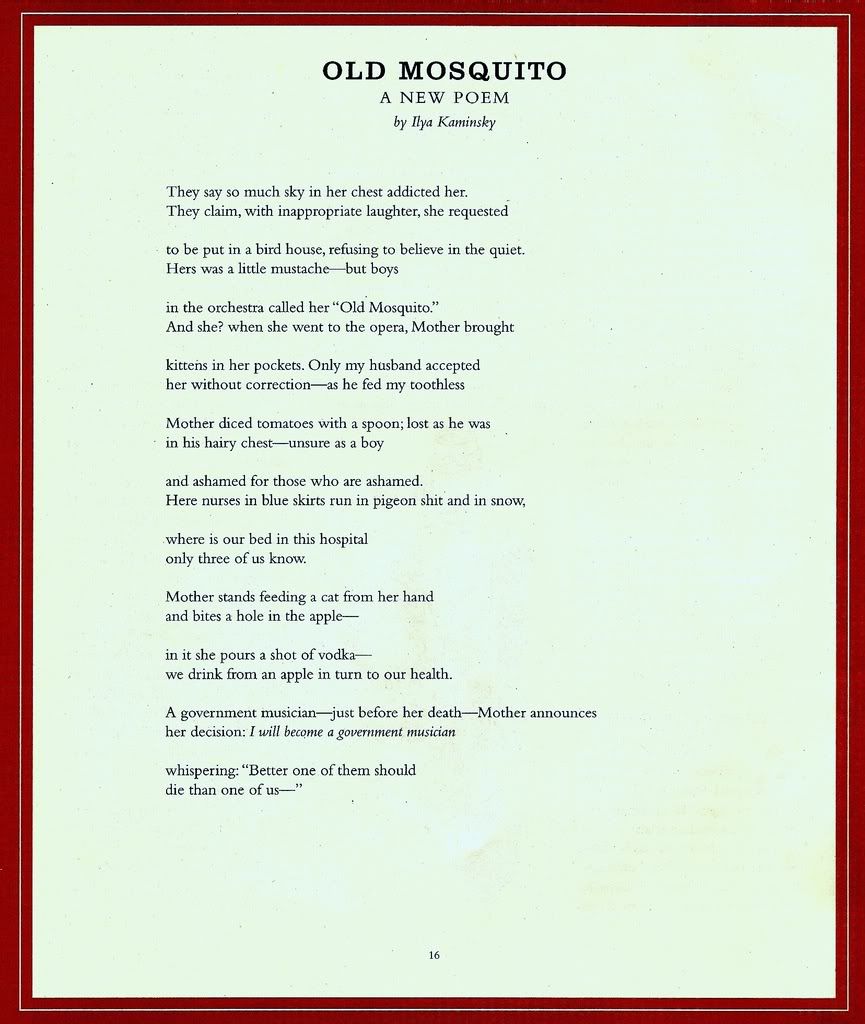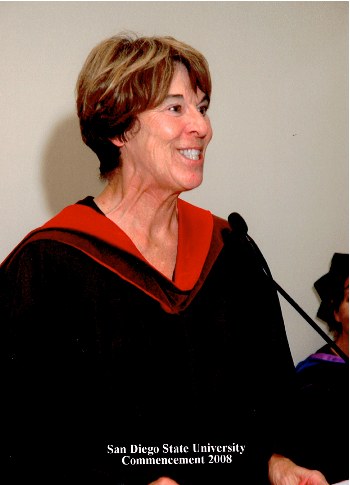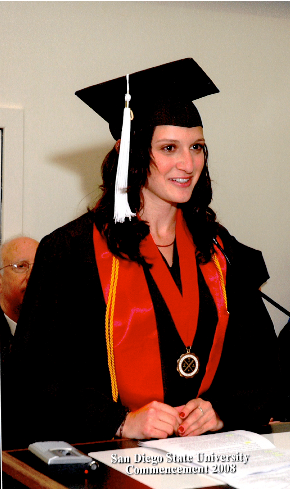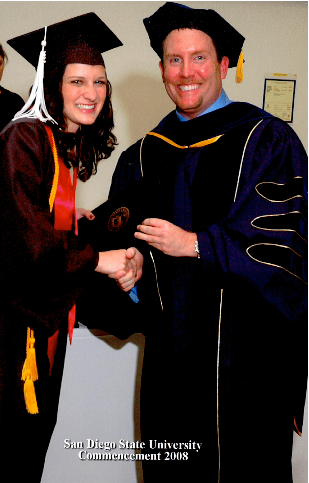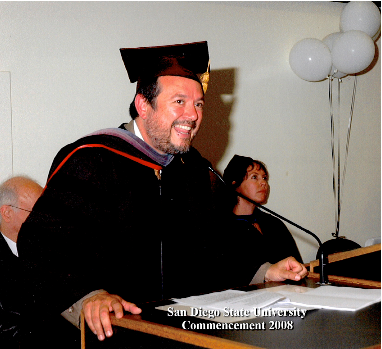After 18 years of collecting dust, the catalogue featuring faculty from 1989's SDSU English Department has resurfaced. While many of SDSU's current English undergraduates were still being weaned, a handful of their future professors were at work enticing graduate students with "points of view" about writing and literary study.
Current faculty members from the 1989 lineup include Sandra Alcosser, Clare Colquitt, Jerry Farber, Fred Moramarco, William Rogers, and Carey Wall.
Those familiar with these professors' current statements on teaching might find that not much has changed after all these years. Take, for instance, the statement by Farber, extracted from his essay
"Learning How to Teach: A Progress Report." The grading system developed by Farber remains almost identical to the one outlined in this essay, but as the following statement from the same essay shows, there's always room for change over time:
If we approach teaching as a career-long process of constant renewal, we're going to have to work much harder at it, but, as students may learn when they take a fascinating and very demanding course, some things can be more work and yet less like work (139).
Of course, some of the former faculty have moved on.
Shirley K. Rose moved to Purdue University in 1995 where she still specializes in Rhetoric and Composition. Donald Shojai is a recently retired Professor Emeritus. Lynn Luria-Sukenick passed away in 1995 at the age of 57.


